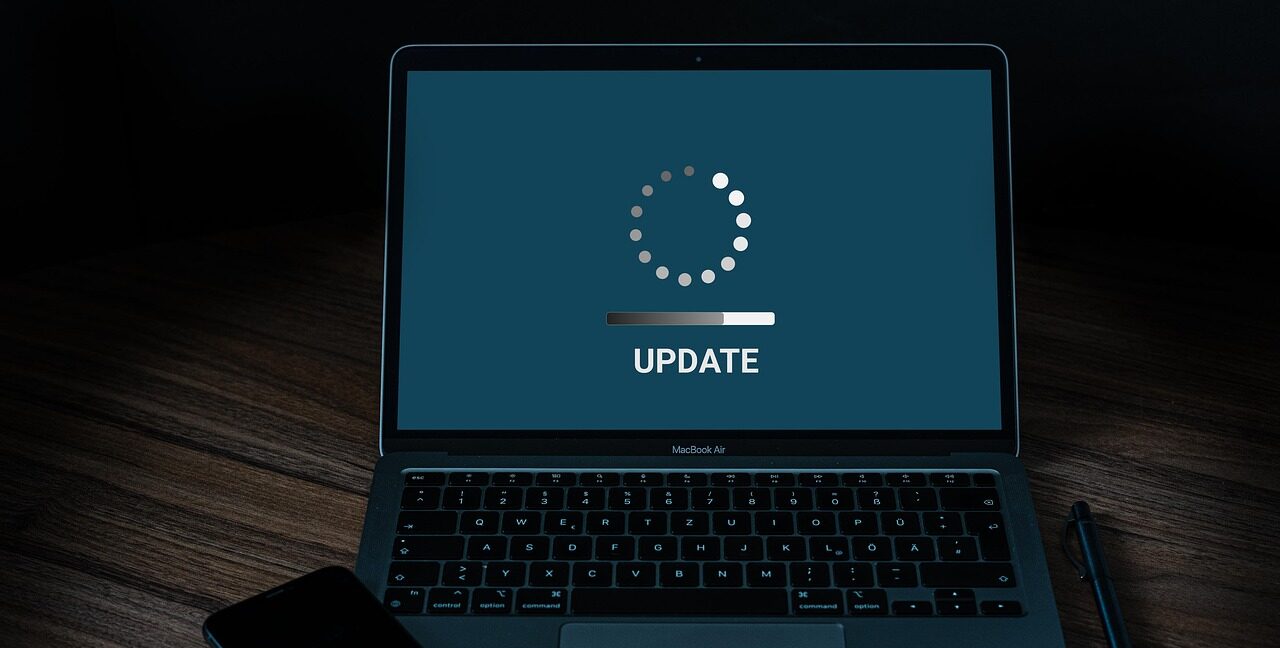Clinics today use a variety of digital tools and software applications to streamline patient care, manage records, and facilitate communication among healthcare professionals. These technologies, while transformative in enhancing health care delivery, are not immune to vulnerabilities and security risks. One key practice that is highly recommended to protect your data is the regular and proactive patching of your clinic systems.
Importance of Patching Systems in Clinics
Patching systems involves the process of updating and fixing software bugs, updates, and vulnerabilities in a computer system. Healthcare clinics have the responsibility of applying this practice into their cybersecurity processes to protect their systems and patient data.
Benefits of patching systems include:
Patient Data Protection
Patient data is among the most sensitive and confidential information stored in clinic systems. Regular system patching is essential to address potential vulnerabilities that could be exploited by cybercriminals seeking unauthorized access to patient records. By staying ahead of security threats, clinics can uphold the trust placed in them by patients.
Regulatory Compliance
The healthcare industry is subject to strict regulations and compliance standards, such as the Personal Information Protection and Electronic Documents Act (PIPEDA) and Ontario’s Personal Health Information Protection Act (PHIPA). Patching systems is a fundamental aspect of meeting these regulatory requirements, ensuring that clinics adhere to the highest standards of data protection and privacy.
Reduced Service Disruptions
System vulnerabilities can lead to disruptions in clinic operations, affecting appointment scheduling, medical records access, and communication channels. Proactive patching helps minimize the risk of system failures, ensuring continuity in patient care and overall clinic efficiency.
Mitigate Cyber Threats
Cyber threats targeting healthcare organizations continue to evolve, with ransomware attacks and data breaches becoming increasingly common. Patching systems is a proactive defence against these threats, reducing the likelihood of successful cyberattacks and the potential consequences for patient safety and data integrity.
Staying Current with Technological Advances
Regular patching ensures that clinic systems benefit from the latest technological advancements. This can lead to improved system performance, enhanced features, and a more efficient healthcare delivery process.
Best Practices for Clinic System Patching
Clinic system patching is essential for maintaining the security and functionality of computer systems. Ignoring or delaying patching increases the risk of cybersecurity breaches and compromises the overall integrity of a computer system.
Best practices for patching systems:
1. Regularly Update Software and Operating Systems
Keep all software applications, including electronic health record (EHR) systems and operating systems, up to date with the latest patches and updates provided by vendors.
2. Remove Unused Applications
Review all your installed applications on your computer system and remove any that you do not actively use. Minimizing the number of installed applications on computers streamlines the update-checking process.
3. Educate Staff on Cybersecurity Best Practices
Train clinic staff on cybersecurity best practices, emphasizing the importance of promptly applying system patches and recognizing potential cybersecurity threats.
Healthcare practices heavily depend on computers and the software they run for daily operations. Recognizing the complexity of these devices, it is crucial to understand that software updates serve as essential maintenance, ensuring systems operate effectively and securely. For inquiries or assistance in enhancing cybersecurity measures, please contact us at info@securesolutionsnow.com.


